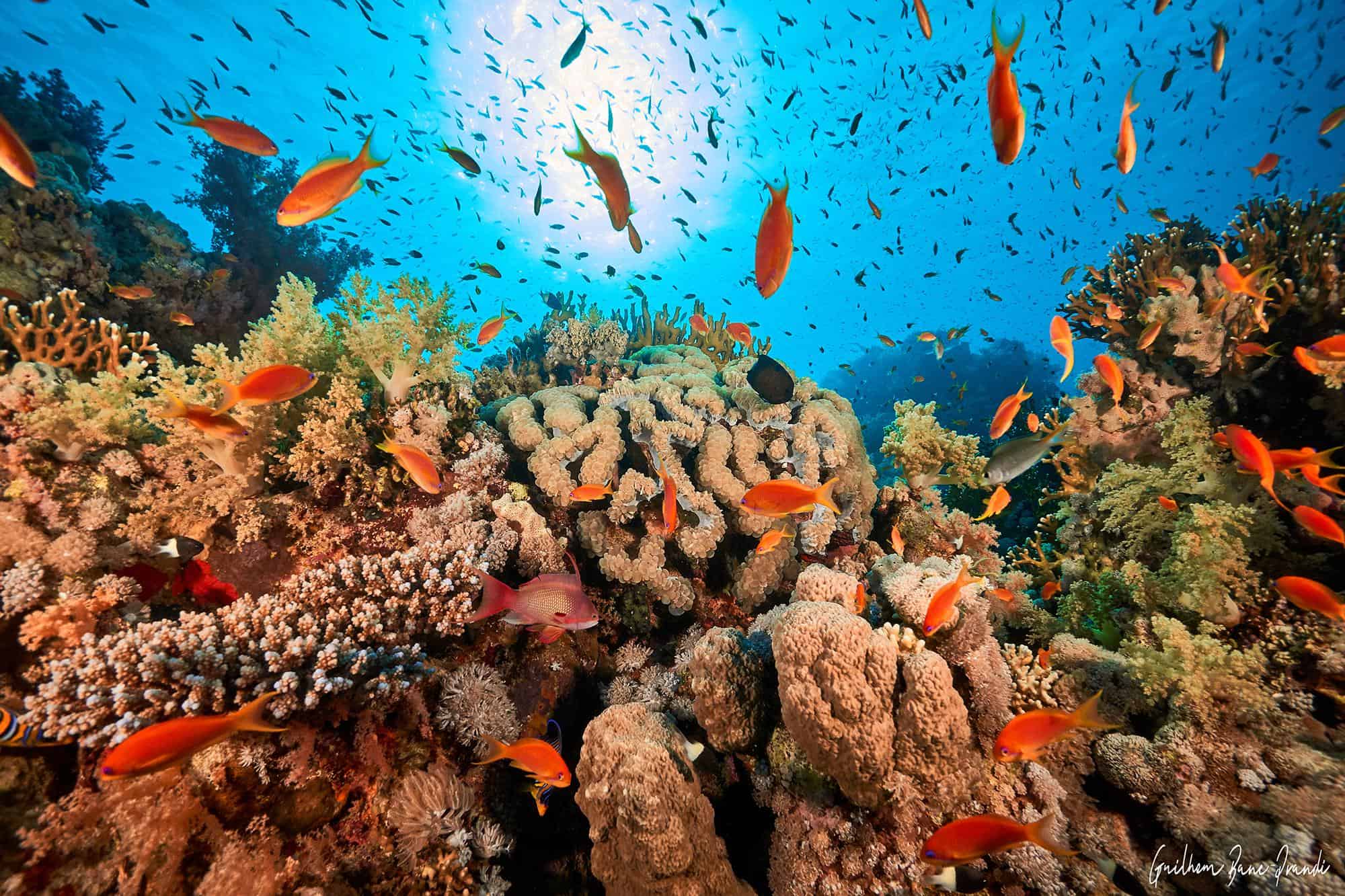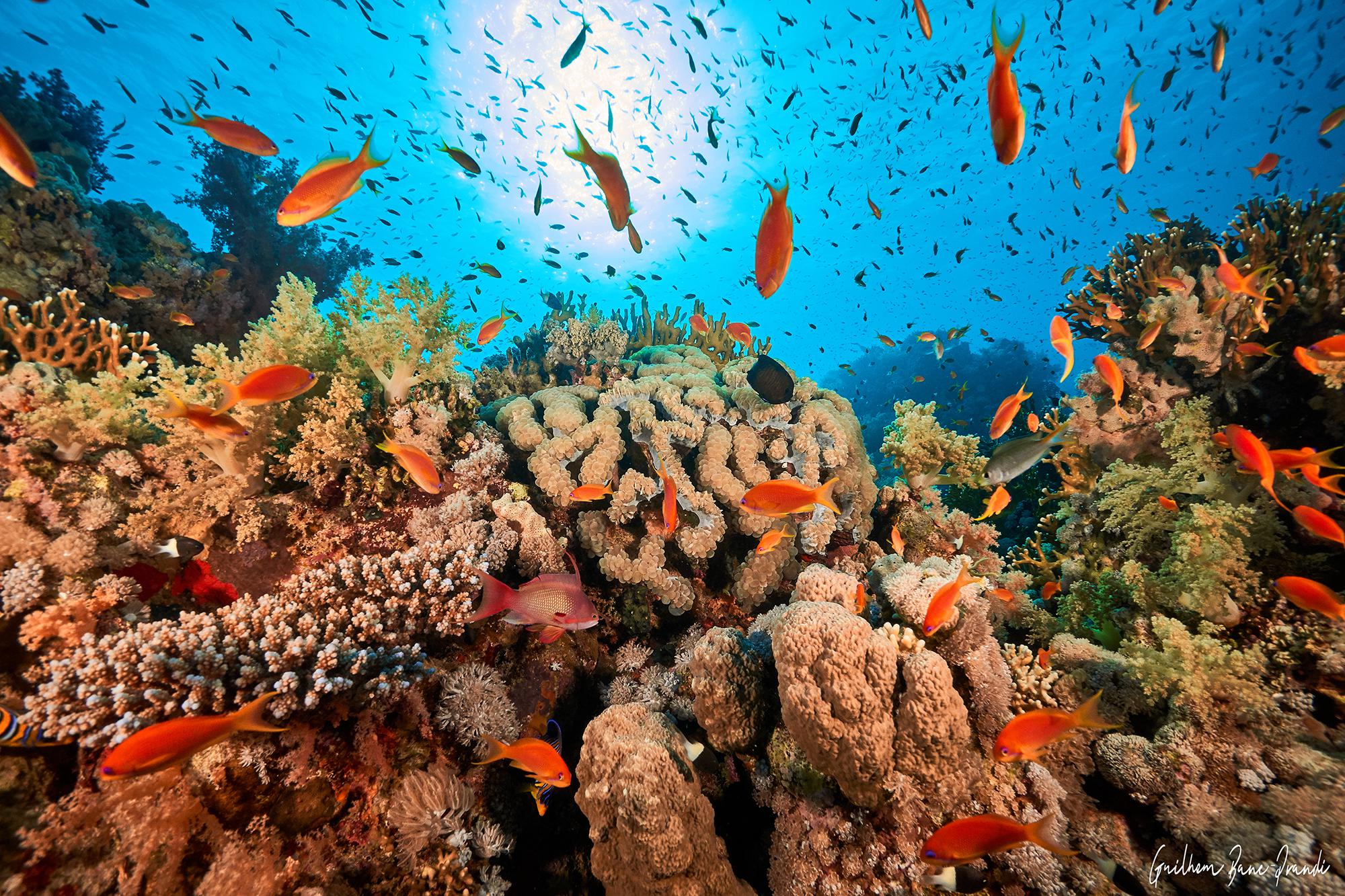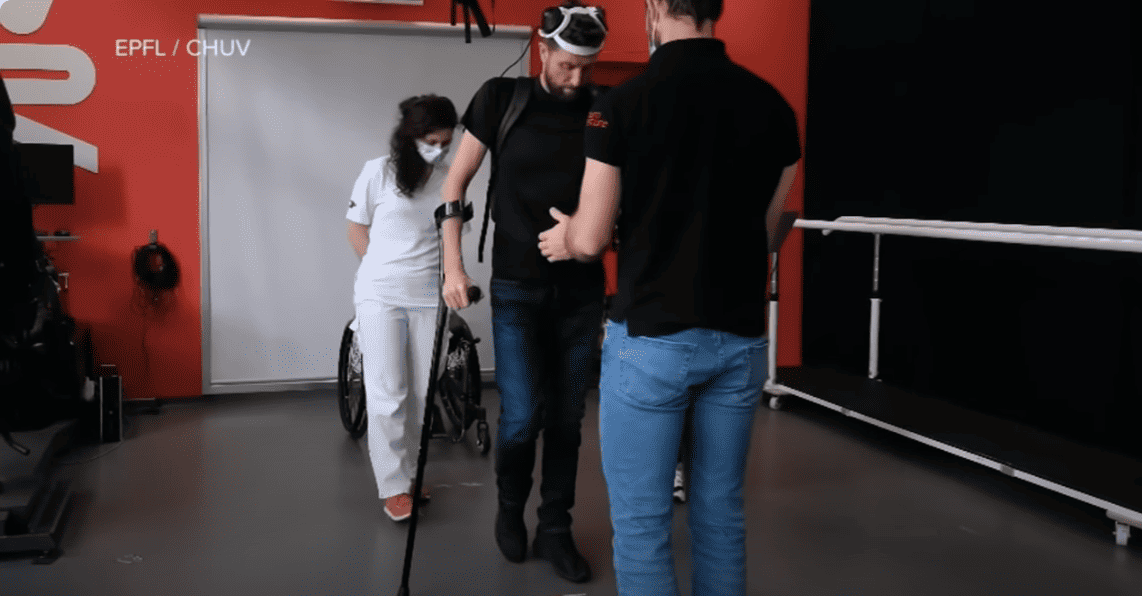
To mark UN World Wildlife Day, EPFL research groups have developed systems that use drones equipped with AI-powered computer vision software for tracking and cataloging wildlife populations. This initiative seeks to revolutionize wildlife conservation by providing actionable insights in near real time.
Introduced by the United Nations ten years ago, World Wildlife Day celebrates the adoption of the Convention on International Trade in Endangered Species of Wild Fauna and Flora (CITES) on 3 March 1973\. To mark this occasion, we decided to spotlight EPFL research groups that are developing systems to identify, monitor and preserve wildlife.
Tracking Fauna with an Eye in the Sky
Humming high off the ground, drones have become a popular method for tracking and cataloging wildlife populations from afar. A case in point is in the Kuzikus Wildlife Reserve in Namibia, where Devis Tuia and his group recently kicked off the latest in a series of projects to refine the AI-powered computer-vision software that autonomously extracts information from drone images.
Prof. Tuia, who heads EPFL’s Environmental Computational Science and Earth Observation Laboratory (ECEO), was instrumental in bringing together scientists from universities, businesses and NGOs working at the nexus of conservation ecology, drone technology and computer vision. Together they created the WildDrone network, an international initiative aiming to revolutionize wildlife conservation through the use of drone technology. The initiative involves ten PhD projects funded by the Marie Skłodowska-Curie Actions Doctoral Networks program, two funded by UK Research and Innovation (UKRI) and one funded by the Swiss State Secretariat for Education, Research and Innovation (SERI).

In the Kuzikus Wildlife Reserve in Namibia, reserachers assess animal populations through the use of AI-based software. ©Friedrich Reinhard
“Drones really changed the game in wildlife monitoring,” says Tuia. “Not only do they let you cover more ground than a helicopter, for example, but they’re also cheaper, safer and more easily scalable.” In addition to counting animal populations every few months, drones equipped with AI-powered computer vision can also be deployed when needed and deliver actionable insights in near real-time.
However, there’s still room for improvement. “Today, we can create AI models that perform well in one setting, like a wildlife reserve – but not so well in another one or even in the same one at a different time of year,” says Tuia. The work his research group is doing under the WildDrone initiative seeks to tackle this problem.
The Kuzikus project is just one of several wildlife conservation projects that Tuia’s research group is conducting to assess animal populations through the use of AI-based software. For instance, they applied their AI technology in conjunction with drones to monitor the population of coastal sea birds like the African Royal Tern. And closer to home, their software is shedding light on the interactions among wildlife species in the Swiss National Park.
“Our dream,” says Tuia, “is to be able to monitor animals without harming or disturbing them, and to give rangers the real-time data they need to do their job of protecting wildlife. Maybe in a few years, we’ll be able to go even further and support decision-makers with the information required to design better policies and reduce conflict.”

Several EPFL laboratories are working to pinpoint what makes Red Sea corals so resilient to global warming and pollution. ©Guilhem Banc-Prandi
Taking Care of Coral Reefs
Half of the world’s coral reefs have already been destroyed, taking with them not only their fascinating colors but also the ecosystems that had evolved around them. The disappearance of coral reefs is affecting everything from single-cell algae to coastal fishing communities.
To combat this issue several EPFL labs are studying ways to preserve coral reefs using AI technology. For example, researchers from EPFL’s Artificial Intelligence Lab (AI Lab) have developed an AI system that can detect bleached coral reefs from aerial images taken with drones or satellites.
The AI system relies on deep learning algorithms that detect bleached corals from aerial images taken with drones or satellites by identifying distinct features such as coloration and texture changes caused by bleaching events.
“This system could prove invaluable for researchers trying to monitor coral reef health,” said Professor Dario Floreano from EPFL’s Artificial Intelligence Lab (AI Lab). “Using it would save them time and resources as they wouldn’t need to physically visit each reef location.”






